
The first surgery center opened enabling operations to be performed outside hospitals. A new national emergency services system was implemented. Surgical firsts included microsurgical transplant of toe to thumb and elbow tendon-to-ligament grafting (Tommy John) procedure.
1970
The Nation's First Ambulatory Surgery Center Opens
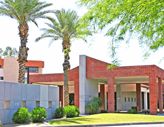
1970
The Nation's First Ambulatory Surgery Center Opens

The first ambulatory surgery center, or "surgicenter," was opened in Phoenix. By performing operations in non-hospital facilities, surgicenters were shown to improve care and reduce costs.135,136
Citations
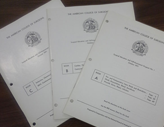
1971
College Offers SESAP, a Self-Assessment and Education Program for Practicing Surgeons
1971
College Offers SESAP, a Self-Assessment and Education Program for Practicing Surgeons

The College launched the Surgical Education and Self-Assessment Program (SESAP) to enable participating surgeons to judge and enhance their knowledge in the broad area of general surgery. One of the College's most popular education programs, SESAP is now on its 14th edition and remains the premier self-assessment and cognitive skills education program for practicing surgeons.137,138
Citations
1972
Surgeons Hit Prime Time TV with M*A*S*H
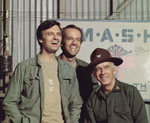
1972
Surgeons Hit Prime Time TV with M*A*S*H
In 1972, "M*A*S*H" premiered, a long-running television series that followed a team of doctors and support staff stationed at the 4077th Mobile Army Surgical Hospital (MASH) in South Korea during the Korean War. In season eight ("Stars and Stripes"), surgeons Maj. Charles E. Winchester III (fictional character) and Capt. B.J. Hunnicutt (fictional character) are selected to write a paper for the Journal of the American College of Surgeons describing their efforts to save a soldier's life—but have trouble agreeing on the details. First established in 1945, U.S. Army MASH units still serve as fully functional hospitals in combat areas.

1972
First Toe-to-Thumb Transplant Performed
1972
First Toe-to-Thumb Transplant Performed

Plastic surgeon Harry J. Buncke, MD, FACS, often called "the father of microsurgery," performed the first great toe-to-thumb transplant in the United States. His patient was a San Francisco firefighter.139,140 Dr. Buncke, who started out making many of his own instruments and equipment, established a number of microsurgery firsts, including replants of the scalp and tongue, and a facial muscle transplant.
Citations
1972
First Cochlear Device Implanted
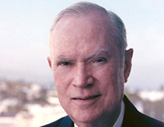
1972
First Cochlear Device Implanted
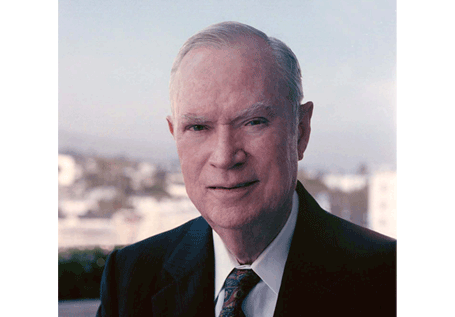


The prototype for the cochlear implant device was implanted by surgeon William F. House, MD, often called "the father of neurotology," providing the opportunity to hear for deaf and hard of hearing patients whose condition could not be improved by hearing aids or other means. Dr. House developed the cochlear implant with engineer Jack Urban.142
Citations

1972-1974
U.S. Implements Emergency Medical Services System
1972-1974
U.S. Implements Emergency Medical Services System



Trauma surgeon David R. Boyd, MD, FACS, played an instrumental role in developing, funding, implementing, and leading a national emergency medical services system. Dr. Boyd testified before the U.S. Congress in 1972 about the need for this system, wrote the pertinent clinical portions of The EMS Systems Act of 1973, and led efforts to fund and implement the new system in 1974. That same year, President Gerald R. Ford appointed Dr. Boyd as the first director of the Division of Emergency Medical Services Systems.143
Citations
1973
Greenfield Filter Debuts
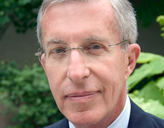
1973
Greenfield Filter Debuts

Lazar J. Greenfield, MD, invented the Greenfield Filter, a new device that provided the first effective method of trapping clots within blood vessels while simultaneously preserving blood flow in the inferior vena cava. The filter provided a much less invasive alternative to preventing pulmonary embolism.145,146 Dr. Greenfield was the recipient of the College’s 2010 Jacobson Innovation Award.
Citations

1974
Tommy John Surgery Becomes a Household Name
1974
Tommy John Surgery Becomes a Household Name
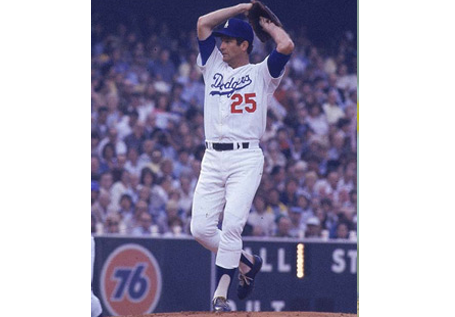


Orthopaedic surgeon Frank Jobe, MD, performed a pioneering tendon-to-ligament grafting procedure called ulnar collateral ligament (UCL) reconstruction for professional baseball pitcher Tommy John. After 18 months of rehabilitation, John resumed his 26-year career, finishing with 288 career wins, more than half of them after his so-called "Tommy John procedure."147 The procedure has preserved the career of many professional and amateur athletes, particularly baseball pitchers.148
Citations
1979
College Opens Office in Nation's Capital
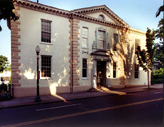
1979
College Opens Office in Nation's Capital

The College opened an office in Washington, DC, to monitor and analyze legislative and regulatory issues affecting surgeons and their patients, and to develop and maintain liaison with congressional staff, government agencies, and health-related organizations in the private sector.



